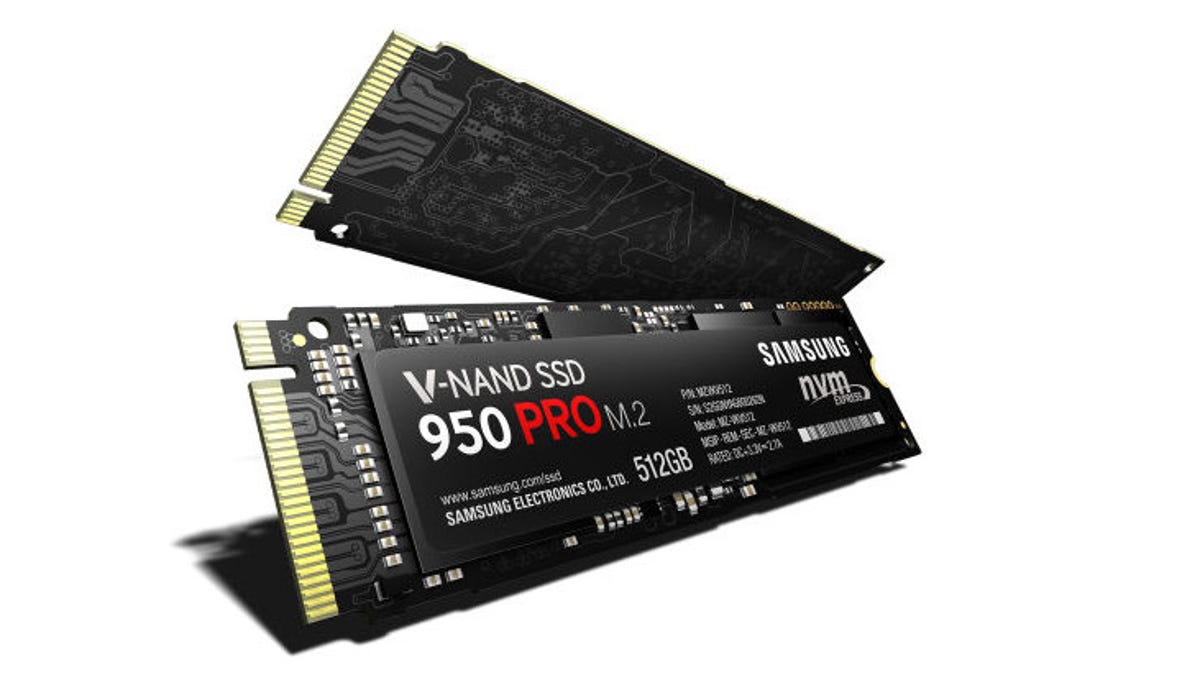
While no USB alternative offers the same seamless expansion, that premium price tag can be hard to justify, especially when opting for the largest 1TB and 2TB models.
#FASTEST SSD DRIVE SERIES#
Xbox Storage Expansion Cards remain the best SSD option for Xbox Series X and Series S, packing the same high-performance storage technology found inside the consoles. If you can afford the premium, there's no better SSD than this.īetter value from 1TB, 2TB Expansion Cards It comes with no limitations, mirroring the base console in every way.


While Xbox Series X and Series S support countless USB devices, only the Seagate Storage Expansion Card provides a true internal storage extension. The price isn't surprising, in line with notoriously costly cutting-edge storage tech, drawing the best performance from either console with no compromises. with similar $280 and £220 going rates in Canada and the U.K. The primary hurdle for most will be the price of the Seagate Storage Expansion Card. It's a premium product with a high asking price, making it impossible to compare this to anything on the market." But there's no alternative that integrates so well with Xbox consoles, making the complete experience hassle-free. "Yes, in terms of value, you can add much more space to your console for less with a cheaper USB external drive. "I can't say the Xbox Storage Expansion Card is a great deal, yet I still wholeheartedly recommend it to those on the fence," we stated in our Xbox Storage Expansion Card review.
#FASTEST SSD DRIVE PLUS#
New 512GB and 2TB models were released in 2021, providing a cheaper entry point, plus a more expensive high-capacity alternative. It first launched in a single 1TB configuration, doubling the base Xbox Series X storage and tripling the initial offering of Xbox Series S. Hopefully, at some point, we’ll find a USB flash drive that offers both affordability and performance for the Pi, but right now, we don’t think any exists.The Seagate Storage Expansion Card is a simple plug-and-play solution, automatically configured to work with consoles straight out the box. So, for now, my advice is to get an external SSD for your Raspberry Pi only if you are planning to use it as a file or web server and you can afford the premium. We’d like to see an affordable Flash drive that’s designed to work well on the Pi, but absent that, you’ll likely spend well over $100 purchasing both an M.2-to-USB 3.0 enclosure and the associated SSD. But, according to our tests, there are also a lot of scenarios, like streaming video, surfing the web or transcoding media, where having an SSD doesn’t help.Īnd, if you get a USB Flash Drive - unless it is one that has particularly high random read and random write numbers (two things not in a spec sheet) - you’ll actually have a far more sluggish computer than if you just stick with a plain old microSD card. The Bottom LineĪdding a powerful, external SSD to your Raspberry Pi 4 B can boost performance in certain areas, most notably application load times and web / file serving. There was no difference at all between the different storage types. LAME MP3 Encoding Test on Raspberry Pi 4 with and without SSDĮncoding MP3 files with LAME was a similar experience. The SSD was usually 2 to 4 times faster than a microSD card and as much as 13 times quicker when dealing with large, sequential reads or writes. IOzone’s synthetic results confirmed what we found through regular use. Blocks on the lower end of the spectrum, particularly during random reads and writes, represent the most common use case for opening and using apps, while the higher block sizes are good for saving or copying large files. We performed our tests using a 100MB storage file and found the most interesting results with the 4K, 512K, 1024K and 16,384K (highest) block sizes. The Linux equivalent of Crystal Disk Mark, IOzone, is a synthetic test that gives you sequential and random reads and writes. IOzone File Transfers: 2 to 4 Times the Speed Very often just opening the start menu was laggy, with submenus taking seconds to appear. Running core parts of the OS off of our USB Flash drive was an exercise in frustration and sluggishness. It’s hard to put a number against the feeling of responsiveness in an OS, but you know it when you see it and notice even more when you don’t see it. I was surprised to see how well the Flash drive did here, considering how poorly it performed everywhere else.

However, the margin of difference here is very slight and non-existent for the 3 B+. Perhaps it’s no surprise that having faster storage would allow you to gather and send more data from the server to the client. Apache Web Service Test with Pi 4 and SSD


 0 kommentar(er)
0 kommentar(er)
